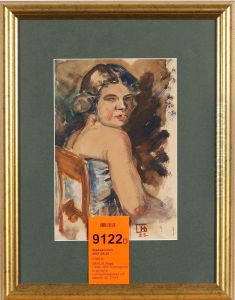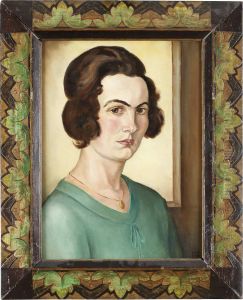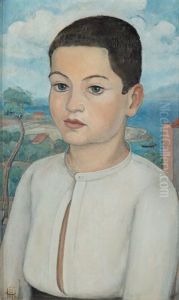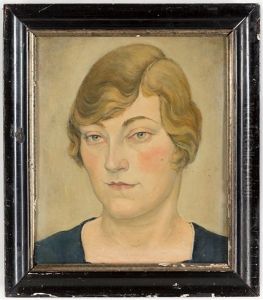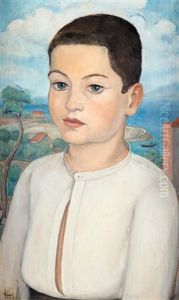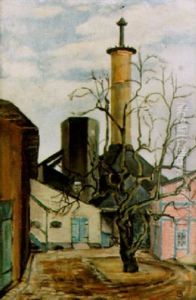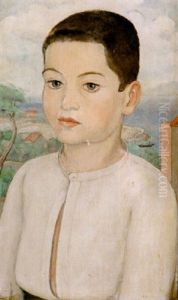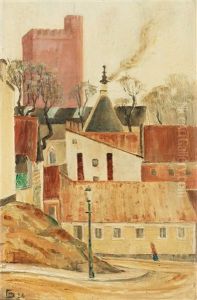Hugo Gehlin Paintings
Hugo Gehlin was a Swedish artist and architect born on March 12, 1892, in Lund, Sweden. Although not as widely recognized internationally as some of his contemporaries, Gehlin made a significant contribution to the cultural landscape of Sweden during his lifetime. He is known for his work in various mediums, including painting, sculpture, and architecture.
Gehlin's educational background in architecture greatly influenced his artistic style, which often incorporated structural and geometric elements. He studied at the Technical School in Malmö and later at the Royal Swedish Academy of Arts in Stockholm. His architectural works include the design of residential and public buildings that reflected the functionalist and modernist styles of the early to mid-20th century. These styles emphasized simplicity, utility, and a departure from excessive ornamentation.
As a painter, Gehlin was part of the Swedish art scene that was exploring new ideas and movements in the early 20th century. His works often depicted landscapes, urban scenes, and sometimes portraits, characterized by a harmonious color palette and a balance between realism and abstraction. Gehlin's approach to painting was methodical and precise, mirroring his architectural background.
Gehlin's contributions to Swedish art and architecture were multifaceted. He was a member of the Swedish Artists' National Organization and involved in various exhibitions throughout his career, showcasing his versatility and commitment to his craft. Despite facing the challenges of World War II and the changing tastes in art and architecture, Gehlin remained an active and progressive figure in Sweden's cultural milieu until his death.
Hugo Gehlin passed away on May 8, 1953, in Stockholm. His legacy is preserved in the buildings he designed and the artworks he left behind, which continue to be appreciated for their clarity, simplicity, and elegance. His work is a testament to the interplay between art and architecture and serves as an example of the modernist movement in Sweden.
